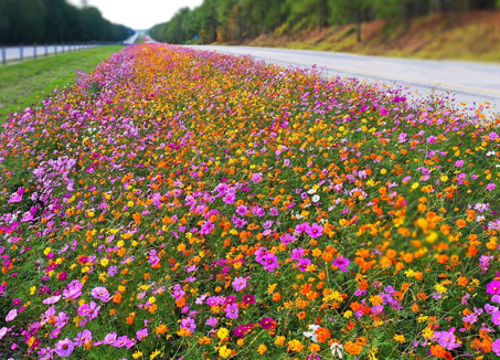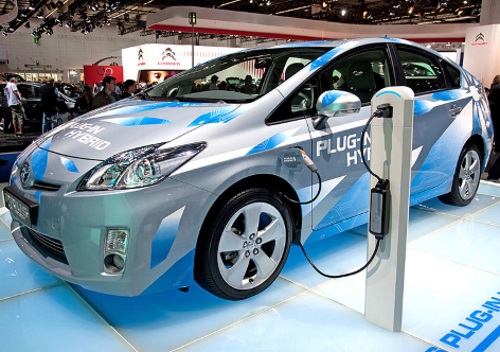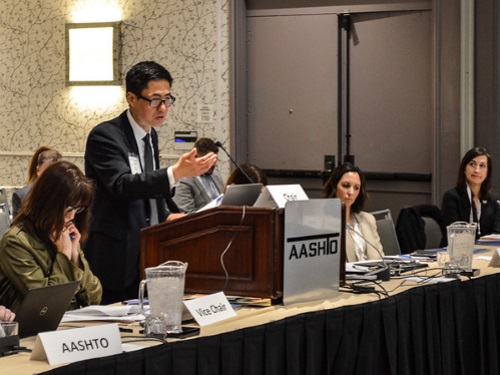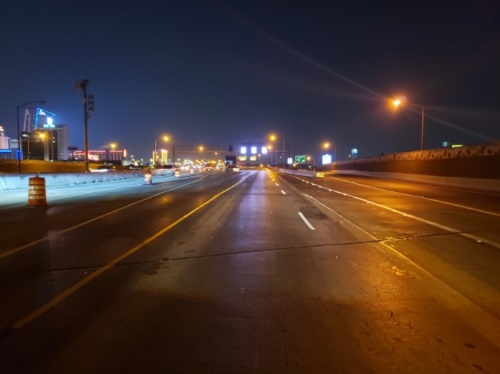FEDERAL ACTION
AASHTO Continues Fight to Pass Bipartisan Infrastructure Bill – AASHTO Journal
Transportation Stakeholders Press Congress on $1 Trillion Infrastructure Bill – Transport Topics
Infrastructure bill tangled in D.C. mess – Land Line (link to podcast)
States will decide the climate impact of the US infrastructure bill’s road budget – Quartz
Supreme Court should revisit its 2006 navigable waters decision – The Hill (Opinion)
COVID-19
Copper kills up to 99.9% of bacteria on transit surfaces, study finds – TransLink (Media release)
INFRASTRUCTURE RESILIENCE AND SUSTAINABILITY
Heartland Port Authority looking at how to use MoDOT funds for New Missouri River port – News Tribune
Freight Groups Press Biden Administration on AV Policy – Transport Topics
Idaho law limits how infrastructure bill can aid transit, leaves future riders waiting – Idaho Statesman
Trying to cool off neighborhoods with a new kind of road surface – Arizona State University
How to Tear Down an Oil Refinery in the Middle of Philadelphia – Bloomberg Green
AIR QUALITY
Can public transit adjust fast enough to meet Vermont’s emissions deadline? – VTDigger
More Companies Pledge ‘Net-Zero’ Emissions to Fight Climate Change, but What Does That Really Mean? – Governing
There’s a major gap in the new methane pledge: Agriculture – Grist
Nuclear power will be critical in race to cut carbon emissions, Dominion Energy CEO says – Fortune
An “attack on American cities” is freezing climate action in its tracks – Vox
ENVIRONMENTAL JUSTICE
Existing Laws Offer Environmental Justice Tools, Official Says – Bloomberg Law
What will mobility equity look like in practice? – Cities Today
Baltimore’s first transit equity analysis seeks to guide federal money to the city’s long-neglected ‘Black Butterfly’ – Baltimore Sun
Project Connect panel looks at planning, equity concerns attached to transit system – Austin Monitor
National Environmental Justice Community Engagement Calls – EPA (Media release)
NATURAL RESOURCES
Environmental groups welcome volunteers back to oyster planting in the Baltimore Harbor for the first time since the pandemic began – Baltimore Sun
Could giant yoga mats full of plants help clean North Carolina’s dirty lakes and ponds? – USA Today
Wildlife crossings integral to Colorado’s transportation future, Gov. Polis says – Colorado Newsline
UConn Joins State Initiative to Support Urban Forestry Grant Program – University of Connecticut (Media release)
CULTURAL RESOURCES
Boise proposes new penalties for historic preservation violations – KTVB-TV
New Georgia License Plate Supports Historic Preservation – AllOnGeorgia
HEALTH AND HUMAN ENVIRONMENT/ACTIVE TRANSPORTATION
People Are Walking More Than Ever As Mobility Climbs – GlobeSt.com
Portland, Maine, Considers Long-Term Closure of Two Roads – Portland Press Herald
San Francisco’s downtown bike paths are being remade in the pandemic. This map shows how – San Francisco Chronicle
Flagstaff Releases Draft Active Transportation Master Plan For Public Comment – City of Flagstaff
States Step Up Efforts to Protect People Walking Amid Surge in Unsafe Driving During Pandemic – Governors Highway Safety Association (Media release)
TRB RESOURCES/ANNOUNCEMENTS
Racial Equity Addendum to Critical Issues in Transportation – TRB
TRB Webinar: Air Quality Impact Models for Electric Vehicle Fleets – TRB
FEDERAL REGISTER NOTICES
Clean Air Act Advisory Committee (CAAAC): Notice of Meeting – EPA (Notice)
Draft FY 2022–2026 Environmental Protection Agency Strategic Plan – EPA (Notice of availability; request for public comments)
National Boating Safety Advisory Committee; Oct 2021 Teleconference – Coast Guard (Notice)
Safety Zone; Columbia River Outfall Project, Columbia River, Vancouver, WA – Coast Guard (Temporary final rule)
Pipeline Safety: Joint Meeting of the Gas and Liquid Pipeline Advisory Committees – Pipeline and Hazardous Materials Safety Administration (Notice of advisory committees meeting)




